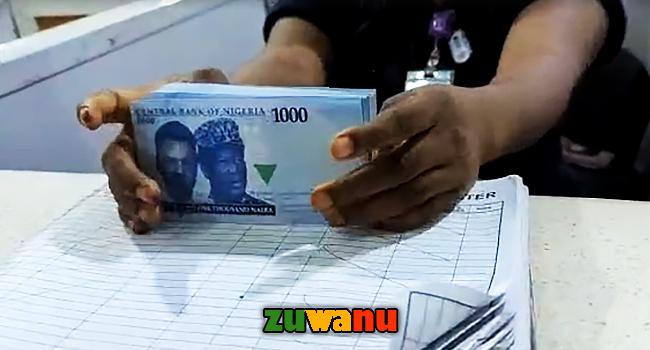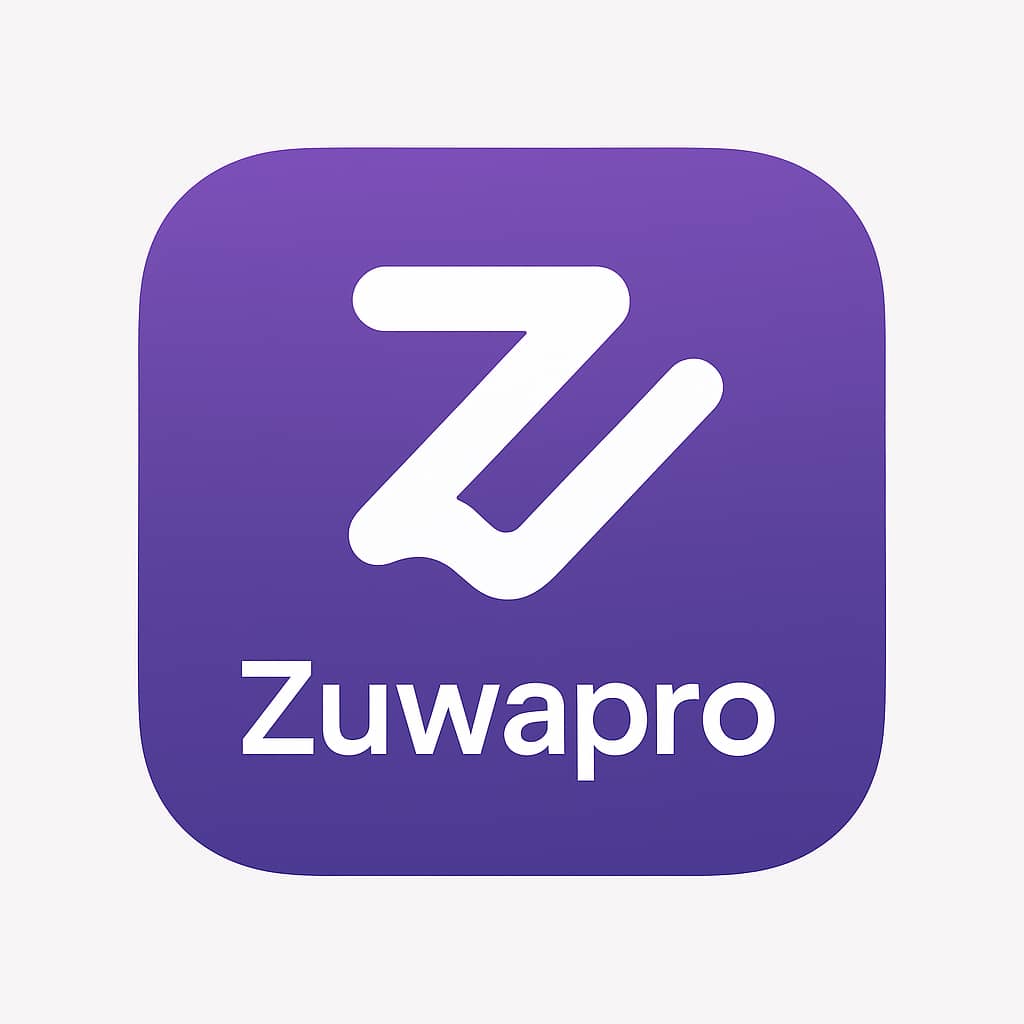The New naira notes what you should know

New naira notes
The Central Bank of Nigeria (CBN) recently introduced new naira notes to the Nigerian economy. The new notes, which come in denominations of N5, N10, N20, N50, N100, N200, N500, and N1000, feature enhanced security features to combat counterfeiting and improve the overall integrity of the Nigerian currency.
One of the most significant changes in the new notes is the inclusion of a tactile feature for the visually impaired. This feature, in the form of raised dots, allows visually impaired individuals to differentiate between the different denominations of the new naira notes.
Another important change is the inclusion of advanced security features such as the metallic strip, watermark, and see-through register. These features make it much more difficult for counterfeiters to replicate the new naira notes, and help to increase the overall confidence of the public in the Nigerian currency.
The new naira notes also feature updated designs and color schemes that reflect the rich cultural heritage and diversity of Nigeria. For example, the N5 note features the image of the Osun-Osogbo Sacred Grove, a UNESCO World Heritage site, while the N1000 note features the image of Nigeria’s first indigenous oil rig, the Oloibiri Oil Well.
The CBN has emphasized that the old naira notes will continue to be legal tender and will be gradually phased out over time. The public is encouraged to exchange their old notes for the new notes at their local banks or CBN branches.
Overall, the introduction of the new naira notes is a positive step for the Nigerian economy. The enhanced security features will help to combat counterfeiting, while the tactile feature and updated designs will make the currency more accessible to all members of society. The CBN’s efforts to improve the integrity of the Nigerian currency will not only increase the confidence of the public in the naira, but also contribute to the overall stability of the Nigerian economy.
